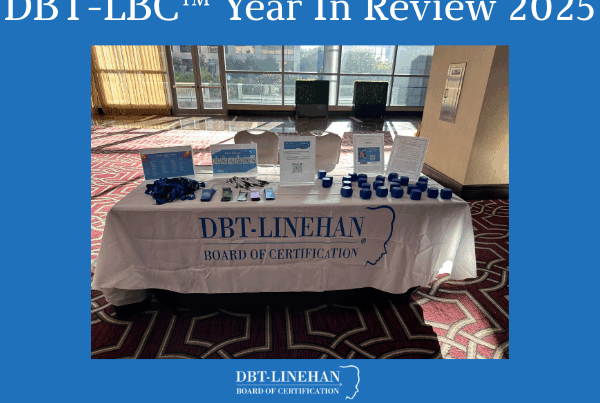Thoughts from our Public Member – Chris Kallas
“We adopted our dog from the New Skete Monastery,which is renowned for breeding its German Shepherds. And we receive their monthly newsletter via email, which I read today.
In it, Brother Christopher, the Prior and head dog trainer, says at one point,
“Reality is a relentless instructor.”
Certainly reality affords the opportunity for learning.
The pandemic is perhaps the all-time best ever opportunity for all of us to practice radical acceptance. There is nothing we can do about it; it’s here, it’s going to stay here until it goes away (if ever). So we need to accept it and then adapt to it. Period. Move on.
The best way to learn, of course, is to have the skills to learn with. Brother Christopherknows this; he teaches dog training, and he has been training dogs for years. (He has a lot in common with Marsha.) Each dog – and each trainer-has a different temperament. Some approaches will come easily to the pair, and some will require more effort, and more practice, or even a different approach. Just like learning and applying DBT skills.
When he teaches dog owners how to work with their dogs, he teaches us skills that arevery similar to many of the DBT skills. Starting with the basics, he teaches us to work on our relationship with our dog , just as DBT teaches us to use our relationship mindfulness skills. It’s a bit different, since I have much affection for my dog, but I must be the “Alpha” in the pack. Much of our work with our dogs depends upon trust, so there’s a lot of – guess what? – validation!!!
How I validate my dog when she has learned a new skill, or when she does something I want her to do, is different from how I validate my daughter; I don’t give my daughter a treat, or play ball with her. But I might cook her favorite meal, or spend time with her engaging in an activity that she enjoys: that’s how I validate her. And the result is (we hope) similar: my dog trusts me. I know this because when I walk around the house, even when she is lying in the doorway, she doesn’t move; she knows I won’t step on her.(My daughter doesn’t always remember that.)
When my dog starts to do something that I judge to be dangerous, I will correct her witha quick and emphatic “No!”, or a short tug on her leash. Would that it were so easy with my child! Both my dog and my daughter sometimes act as if what they want to do Is more important than what I think, notwithstanding my concern about their safety (or any thing else).
It takes a lot more time to talk to my daughter, doing a DEAR MAN: describing what is going on, expressing how I feel, making my ask, and (hopefully) finding something that will reinforce her willingness to do what I’m asking, all with a proper tone and manner.
When she was younger, this was a challenge. Now that she is an adult, and supports herself, I do the best that I can, knowing that I have very little leverage, other than the value of our relationship to her. Unlike with my dog, whoseaffection never wains, that value fluctuates for my daughter, depending upon whether Iam aligned with the forces of darkness or the forces of light.
So I have learned to do my best DEAR MAN, and then prepare to radically accept the outcome of my request, whatever it is.I try to remember to self-validate, if I’ve expressed myself accurately and with caring. And then I try to let it go and live my life, which I believe is worth living. I might even takemydog out for a walk; she loves that.I watch her sniff everything, and play with other dogs, and watch children come up to pet her and enjoy their delight when she unexpectedly licks their cheeks.
No wonder Marsha had us read Edna Foa’s book, Don’t Shoot the Dog, before she started our DBT training. Now, I get it.Those DBT skills sure come in handy.”





